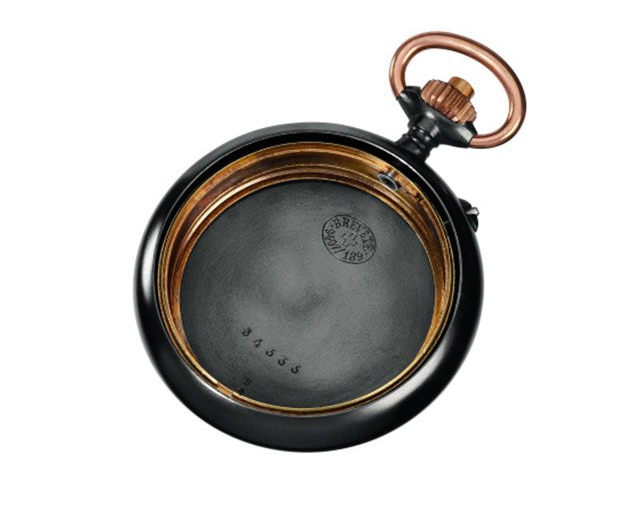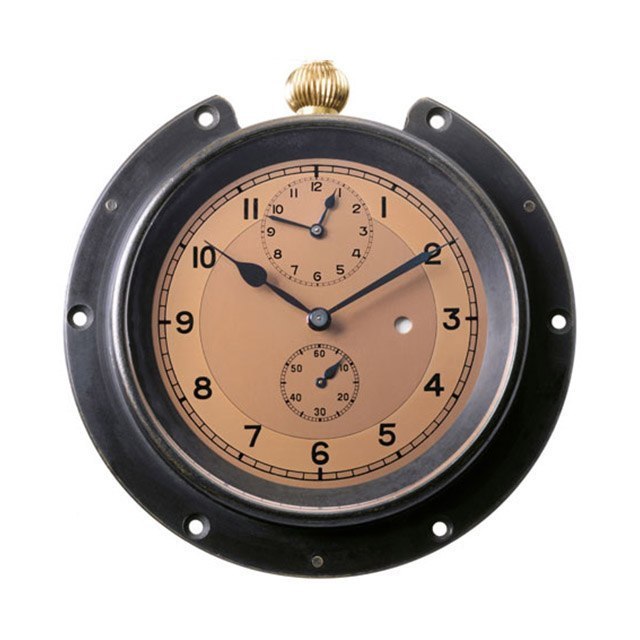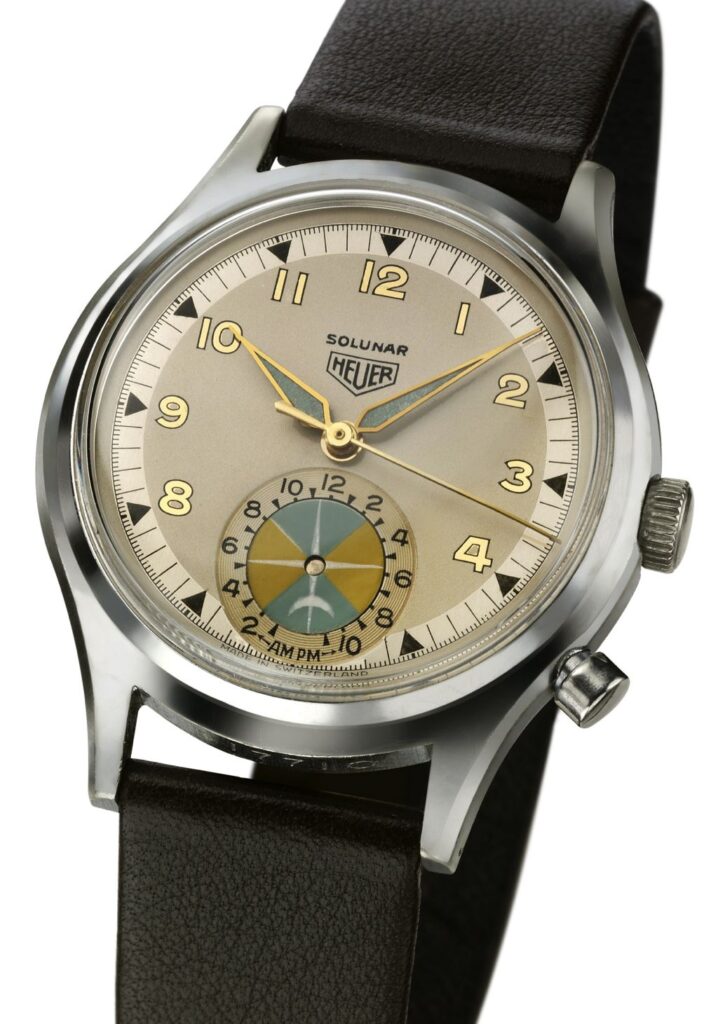TAG Heuer’s journey as a luxury Swiss watch brand is marked by groundbreaking innovations and a polarizing reputation among enthusiasts. From pioneering chronograph mechanisms to iconic Formula 1 collaborations, the brand’s milestones have redefined watchmaking. In this exploration of TAG Heuer milestones, I’ll uncover 15 key moments that shaped its legacy, drawing from my passion as a watch enthusiast and insights from the watch community. Whether you love or question TAG Heuer’s bold approach, these achievements highlight why it remains a titan in the industry. Let’s dive into the best TAG Heuer innovations and why they matter.
1. Patented Keyless Winding Mechanism for Pocket Watches
Founded in 1860 by Edouard Heuer, the brand quickly showcased its innovative spirit, securing patents for a keyless winding mechanism in 1869 and its first chronograph in 1882.

Source: www.watchrepair.com

Source: www.tagheuer.com
2. Invention of the Oscillating Pinion Mechanism
In 1887, TAG Heuer patented the oscillating pinion mechanism, which allowed chronographs to start and stop instantly with the press of a button — a technology still used by many watchmakers today.

3. Patented Water-Resistant Casing
Continuing its innovative streak, TAG Heuer filed a patent for a water-resistant casing in 1895, further advancing its technological edge.

source: www.timeandwatches.com
4. Time of Trip Dashboard Chronograph
In 1911, TAG Heuer introduced the Time of Trip dashboard chronograph, a tool specifically designed for the aviation and automotive industries. This patented chronograph featured central hour and minute hands, a smaller second counter, and a larger counter to measure trip duration up to 12 hours. Its user-friendly crown allowed easy time adjustment, and its button-controlled start/stop/reset functions added to its practicality.

Source: www.timeandwatches.com
5. Micrograph – The Most Precise Stopwatch of its Time
One of TAG Heuer’s most remarkable achievements came in 1916 with the introduction of the Micrograph, the most precise stopwatch of its era. This innovation set the stage for TAG Heuer’s dominance in precision timekeeping.

source: www.hautehorlogerie.org
6. Crafting Chronographs for Pilots
In the 1930s, TAG Heuer expanded its focus, designing chronographs specifically for pilots — a move that solidified its place in aviation history.
7. Creation of the Autavia Dashboard Device
Maintaining its strong ties with the aviation and automobile industries, TAG Heuer introduced the Autavia dashboard chronograph in 1933, featuring an impressive eight-day power reserve.

8. The Auto-Graph Chronograph
In 1948, TAG Heuer released the Auto-Graph chronograph, adding to its repertoire of cutting-edge timekeeping devices.
9. The Solunar — The World’s First Tidal Indicator
In 1949, TAG Heuer unveiled the Solunar, the world’s first watch to feature a tidal indication, catering to the needs of sailors and ocean enthusiasts.

10. The Seafarer
In the 1950s, TAG Heuer introduced the Seafarer, designed with a tide level indicator and a regatta dial, perfect for maritime activities.

11. The First Watch in Space
Heuer’s achievements continued with John Glenn wearing a Heuer stopwatch during the first American space voyage in 1962.

12. The Development of Chronomatic
1969 brought a groundbreaking advancement with the Chronomatic — the world’s first self-winding chronograph movement, developed in collaboration with Breitling, Buren, and Dubois-Depraz.

13. The Monaco
The Chronomatic movement was incorporated into iconic models like the Carrera, Autavia, and Monaco, the latter famously associated with Steve McQueen.

14. The TAG Heuer S/el Collection
In 1985, Techniques d’Avant Garde (TAG) acquired a majority stake in the company, renaming it TAG Heuer. Under TAG’s ownership, the brand introduced the S/el collection in 1987, furthering its innovation.

15. The Microtimer
In 1996, TAG Heuer launched the Microtimer, a groundbreaking chronograph capable of measuring time with a precision of 1/1000th of a second.

Despite strong ties to Formula 1, celebrity collaborations, and luxury brand partnerships, TAG Heuer faces criticism from watch enthusiasts who feel the brand’s prestige has dimmed. Many argue that its focus on marketing and high-profile collaborations, like with Formula 1 and Porsche, overshadows the traditional watchmaking craftsmanship that once defined the brand.
Want to know more about another heritage watch brand? Read more here on Hamilton
